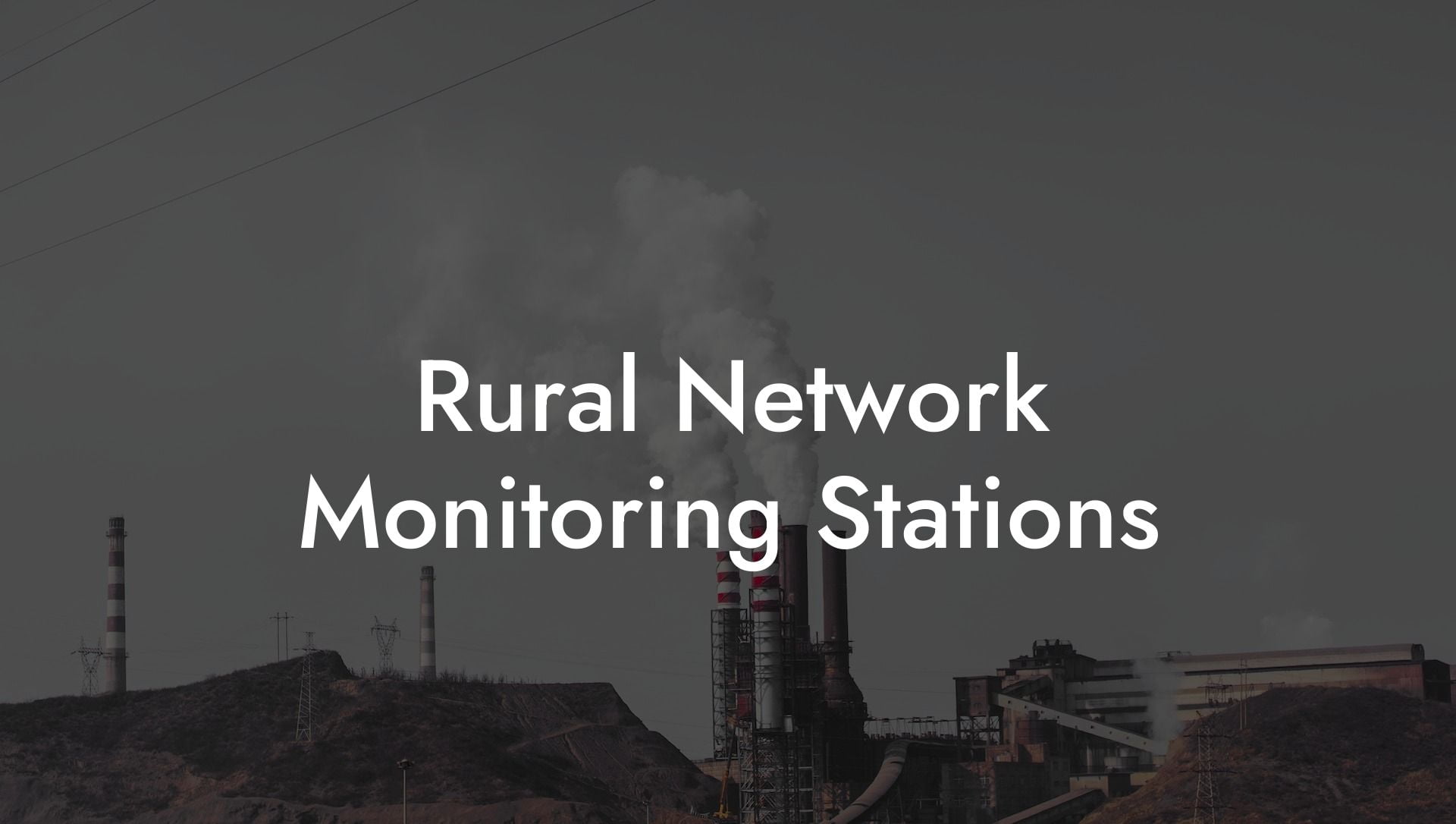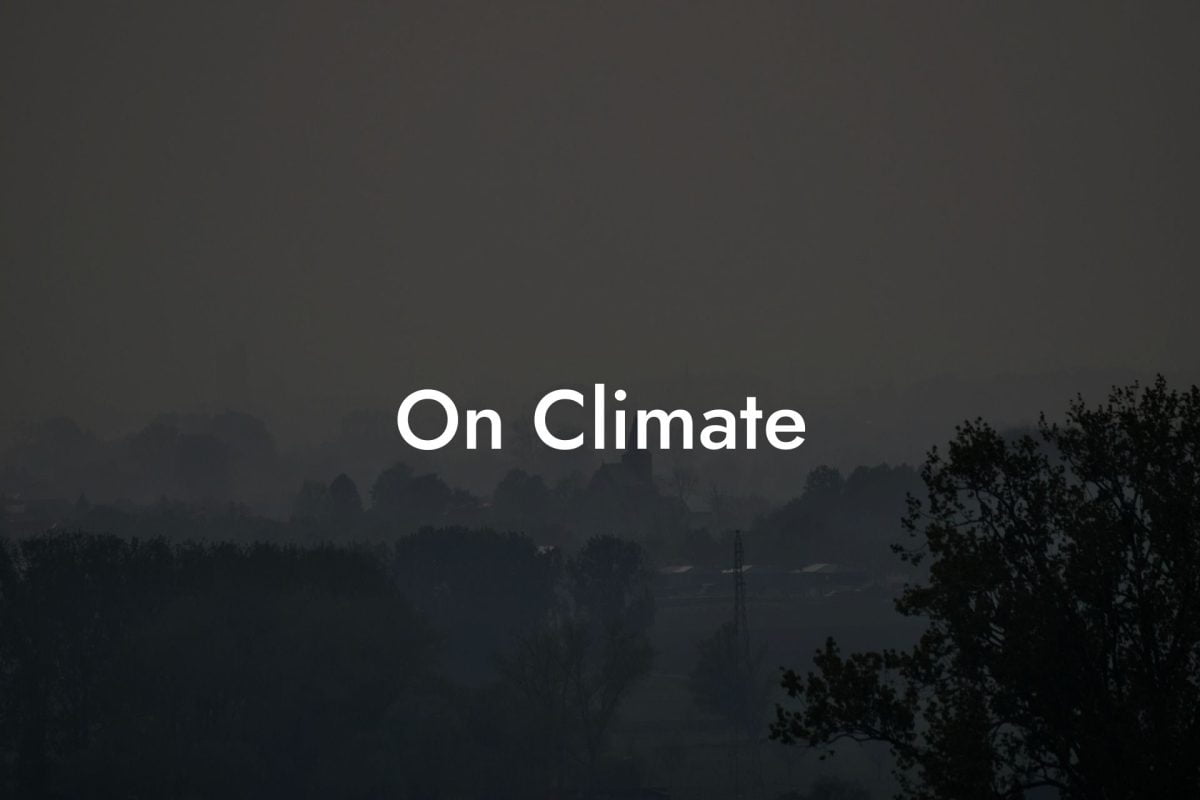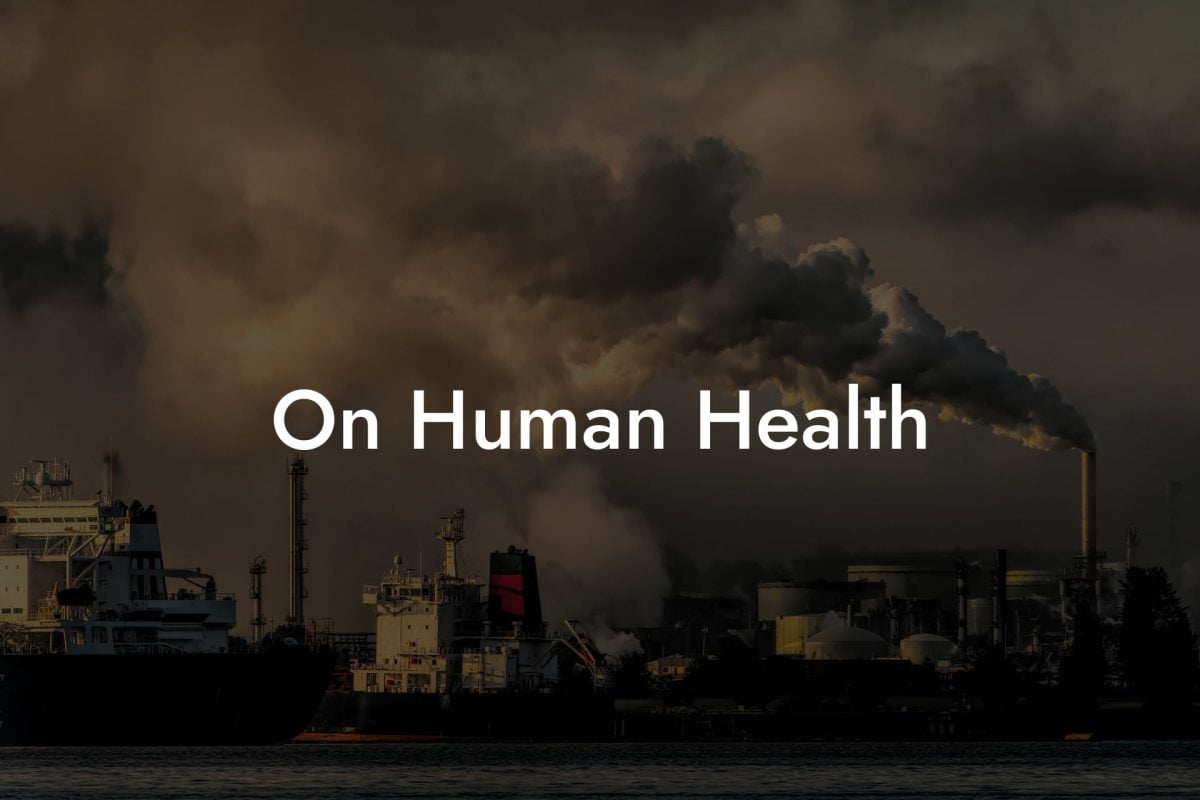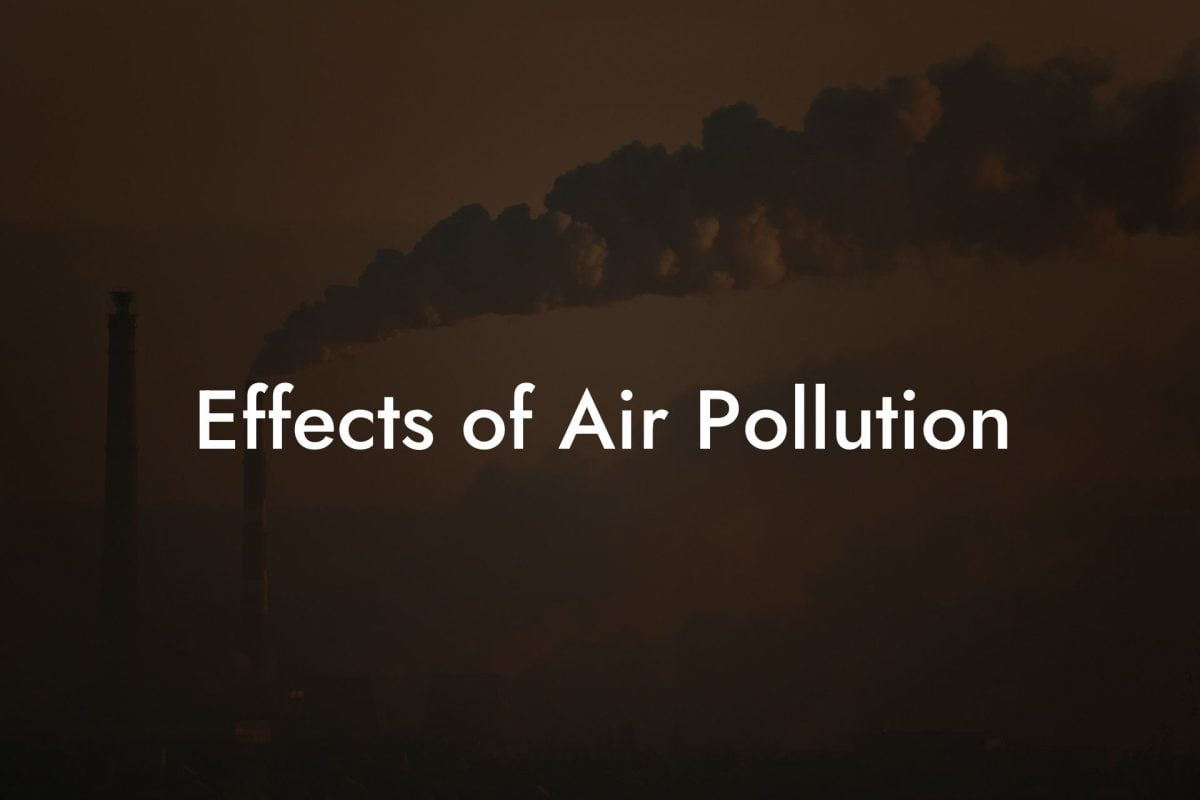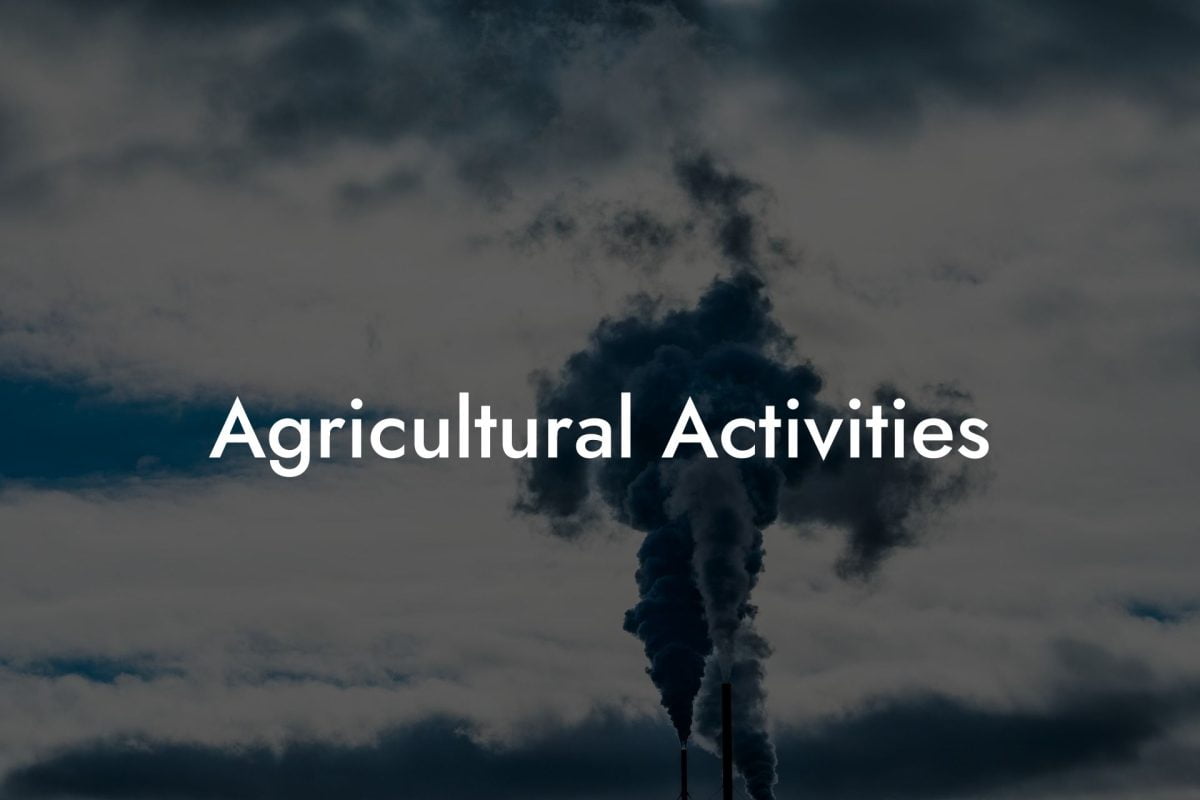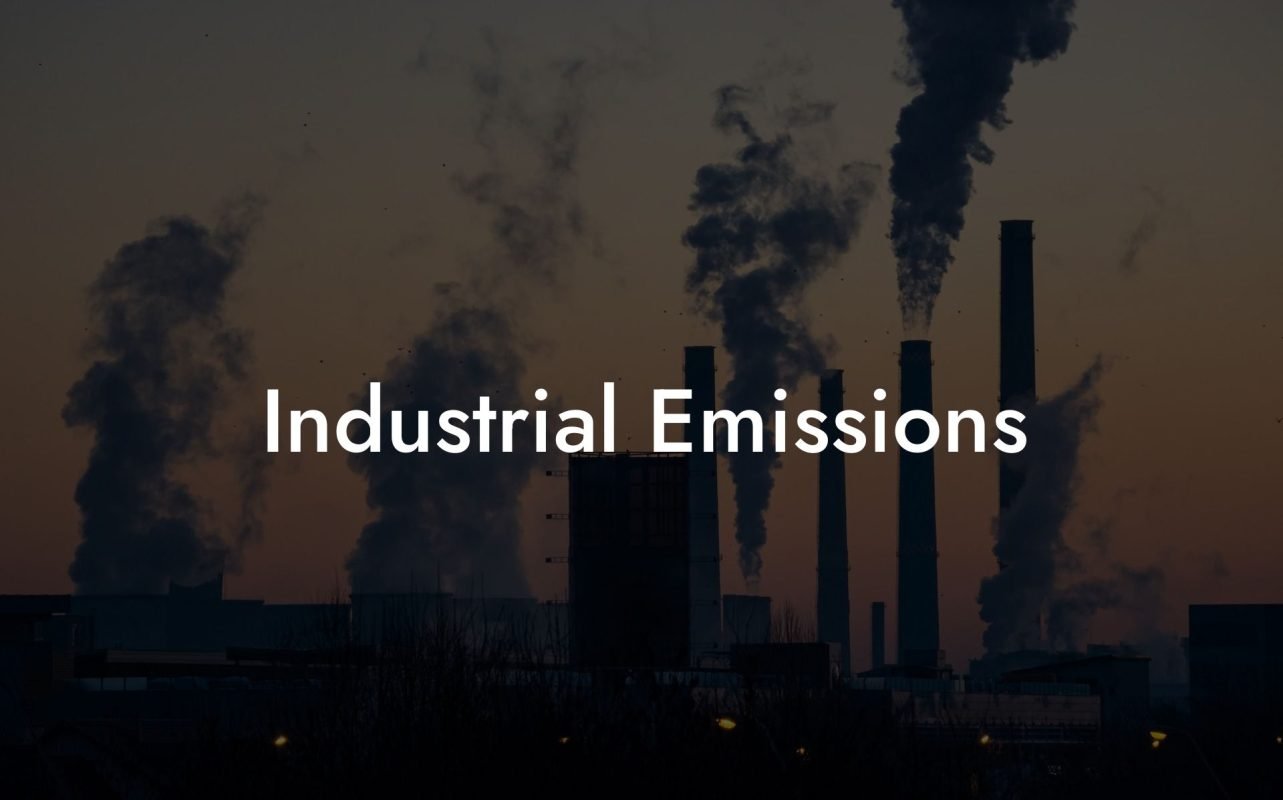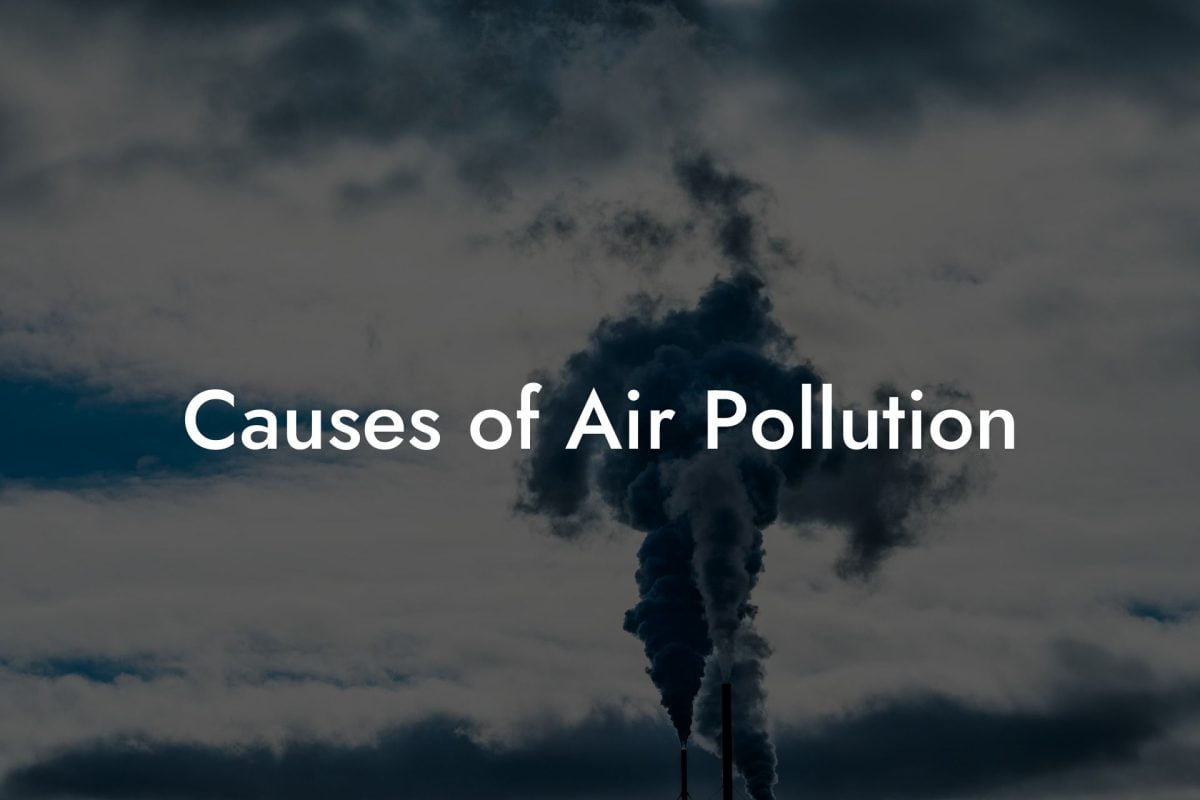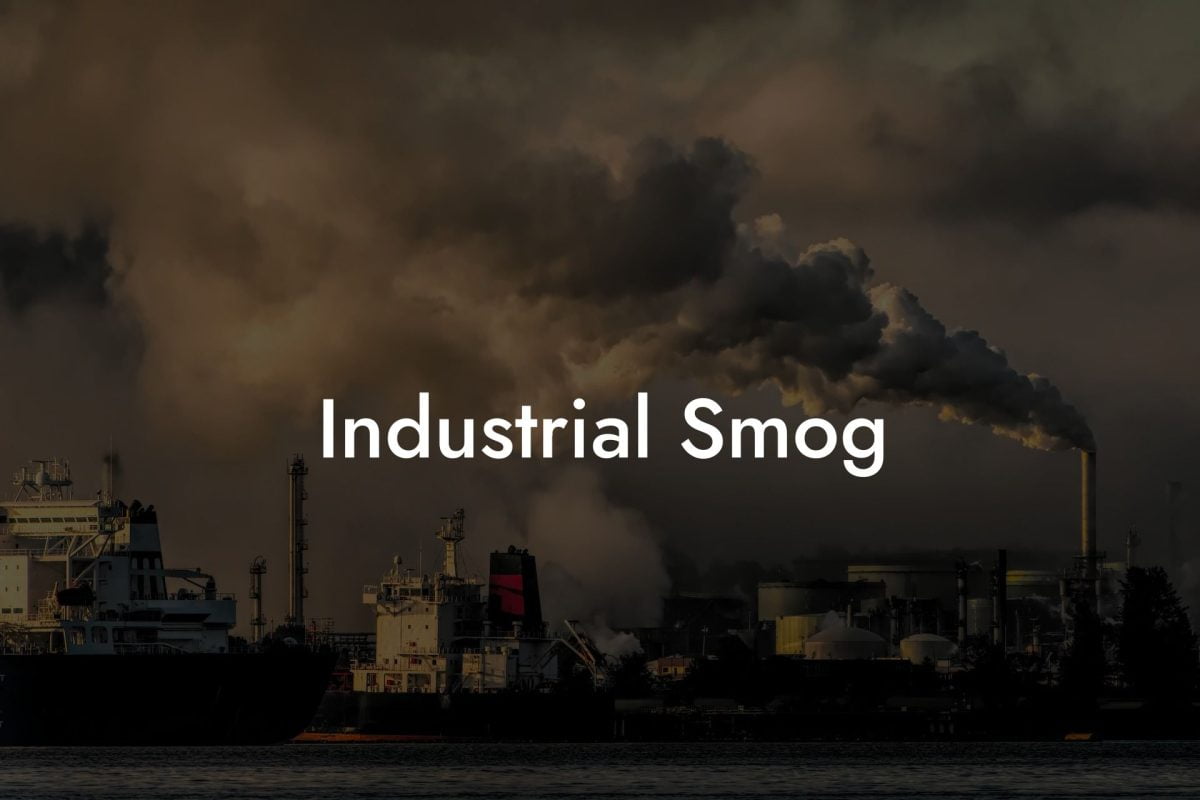Introduction to Rural Network Monitoring Stations
Rural Network Monitoring Stations (RNMS) play a crucial role in assessing and managing air quality in rural areas. Unlike urban monitoring stations, RNMS focus on the unique aspects of air pollution in less populated, often agricultural or natural regions.
Importance of RNMS
RNMS provide essential data for understanding the sources and impacts of air pollution in rural settings, which can differ significantly from urban areas.
Key Components of RNMS
Equipped with sensors and analyzers, RNMS measure pollutants like particulate matter, nitrogen oxides, ammonia, and ozone, among others.
These stations also collect meteorological data, crucial for understanding how weather patterns affect pollutant dispersion in rural areas.
Data collected is transmitted to central systems for analysis, aiding in real-time monitoring and long-term studies of rural air quality trends.
Distinct Features of Rural Air Pollution
Agricultural Activities
Pollutants such as ammonia from fertilizers and livestock are of particular concern in rural areas.
Natural Sources
RNMS also monitor pollutants from natural sources, such as pollen, which can have significant health and ecological impacts.
Long-Range Transport
Rural areas can be affected by pollutants transported from urban and industrial regions, which RNMS help to track and quantify.
The Role of RNMS in Environmental Protection
Ecosystem Health
Data from RNMS assist in protecting rural ecosystems, which are vital for biodiversity and act as natural sinks for certain pollutants.
Agricultural Impact
Monitoring air quality in agricultural areas helps in managing the impact of farming practices on air pollution.
Challenges in Rural Air Quality Monitoring
Site Selection
Locating RNMS in representative and accessible rural locations is a significant challenge but essential for accurate data collection.
Maintenance and Operation
Regular maintenance and calibration in remote locations require efficient logistics and planning.
Data Interpretation
Interpreting rural air quality data demands an understanding of both local and regional pollution sources and patterns.
Policy and Research Implications
Informing Rural Air Quality Policies
RNMS data is pivotal for developing policies tailored to rural air quality management, ensuring that rural areas are not overlooked in national air quality strategies.
Supporting Research
Researchers utilize RNMS data to study rural air pollution dynamics, its sources, and impacts, contributing to the broader understanding of air quality issues.
UK Air Pollution: Your Resource for Rural Air Quality Data
Comprehensive Rural Air Quality Database
UK Air Pollution offers an extensive collection of air quality data from rural network monitoring stations across the UK, making it an invaluable resource for understanding rural air pollution.
Why Choose UK Air Pollution?
Our platform provides detailed, accessible, and up-to-date information on rural air quality, making it a perfect tool for researchers, environmental managers, and the public.
Enhancing Environmental Understanding and Initiatives
Rely on UK Air Pollution for comprehensive insights into rural air quality, supporting your research, policy development, and environmental conservation projects
Frequently Asked Questions
What is a Rural Network Monitoring Station?
A Rural Network Monitoring Station is a system set up in rural areas to monitor various aspects of the network and environment, including agricultural networks, telecommunications, weather patterns, and ecological changes.
How Do Rural Network Monitoring Stations Differ from Urban Ones?
Rural monitoring stations are often designed to focus on agricultural, environmental, and ecological aspects, whereas urban stations tend to concentrate more on infrastructure, traffic, and population-related data.
Why Are Rural Network Monitoring Stations Important?
They are essential for managing agricultural activities, monitoring environmental health, ensuring effective communication networks, and gathering data for rural development and planning.
What Types of Data Do Rural Network Monitoring Stations Collect?
These stations collect data on soil moisture, weather conditions, crop health, water levels in rivers and lakes, and wildlife activity, among other rural-specific metrics.
How Do These Stations Benefit Farmers?
Farmers benefit from these stations through precise information on weather forecasts, soil conditions, and crop health, aiding in informed decision-making for planting, harvesting, and irrigation.
Can These Stations Help in Weather Prediction?
Yes, rural network monitoring stations play a crucial role in weather prediction by providing data on local weather patterns, which is crucial for agriculture and disaster preparedness.
How Are Rural Network Monitoring Stations Powered?
These stations are often powered by a mix of solar power, batteries, and sometimes, grid electricity, considering the remote and off-grid locations they often operate in.
What Technologies Are Employed in Rural Monitoring Stations?
Technologies used include satellite communication, IoT sensors for soil and crop monitoring, drones for aerial data collection, and AI algorithms for data analysis and prediction models.
How Do These Stations Contribute to Sustainable Agriculture?
They contribute by providing data that supports sustainable agriculture practices such as precision farming, efficient water use, and pest management.
Are Rural Network Monitoring Stations Connected to the Internet?
Many are connected to the internet to transmit collected data to central servers for analysis, though some in very remote areas might use satellite communication for data transmission.
How Do Rural Monitoring Stations Aid in Environmental Conservation?
By monitoring wildlife, forest conditions, and water quality, these stations provide valuable data for environmental conservation efforts and biodiversity management.
Can These Stations Monitor Air Quality in Rural Areas?
Yes, they can monitor air quality, which is vital for tracking pollution levels, the spread of airborne diseases, and the impact of agricultural practices on air quality.
What Role Do They Play in Rural Telecommunications?
They help in monitoring the performance and coverage of rural telecommunications networks, ensuring connectivity and identifying areas in need of infrastructure development.
How Do Rural Network Monitoring Stations Impact Rural Healthcare?
They can indirectly impact rural healthcare by providing data essential for managing environmental health risks and ensuring effective communication networks for healthcare services.
How Can Data from These Stations Be Accessed?
Data is typically accessible through specialized software platforms, and in some cases, public portals where farmers and local authorities can view relevant data.
What Challenges Do Rural Network Monitoring Stations Face?
Challenges include dealing with harsh environmental conditions, ensuring reliable power
supply in remote areas, maintaining equipment, and managing data connectivity issues due to the rural setting.
How Do These Stations Support Disaster Management in Rural Areas?
They support disaster management by providing early warnings for extreme weather events, tracking flood levels, and monitoring environmental conditions that may lead to natural disasters.
Can Rural Network Monitoring Stations Help in Wildlife Conservation?
Yes, they can help in wildlife conservation by tracking animal movements, monitoring habitats, and detecting potential threats to wildlife, such as illegal poaching or environmental changes.
How Do These Stations Assist in Water Management?
They assist in water management by monitoring rainfall, water levels in reservoirs and rivers, and soil moisture, which is crucial for irrigation planning and water conservation in rural areas.
What Is the Impact of Rural Monitoring Stations on Local Communities?
The impact includes improved agricultural productivity, better disaster preparedness, enhanced environmental conservation, and overall improvement in the quality of life in rural communities.
How Are Rural Network Monitoring Stations Funded?
Funding often comes from government programs, international development agencies, and sometimes private sector partnerships, especially in areas related to agriculture and environmental conservation.
What Future Developments Are Expected in Rural Network Monitoring?
Future developments may include more advanced integration of satellite data, wider use of drone technology, and enhanced predictive analytics to anticipate environmental and agricultural challenges.
Can These Stations Aid in Education and Research?
Absolutely, the data collected can be invaluable for educational purposes and research in fields like agriculture, environmental science, and rural development.
How Do Rural Monitoring Stations Contribute to Economic Development?
By improving agricultural efficiency, managing natural resources, and supporting disaster management, these stations contribute to the economic development and resilience of rural areas.
Are There Any Privacy Concerns with Rural Network Monitoring?
Privacy concerns are generally minimal, as the data collected is often environmental or agricultural. However, any collection of data, particularly if it includes personal information, is managed in accordance with privacy laws and regulations.
How Do These Stations Help in Climate Change Adaptation?
They help by providing data that can be used to understand and adapt to the impacts of climate change in rural areas, such as changing weather patterns and their effects on agriculture and ecosystems.


